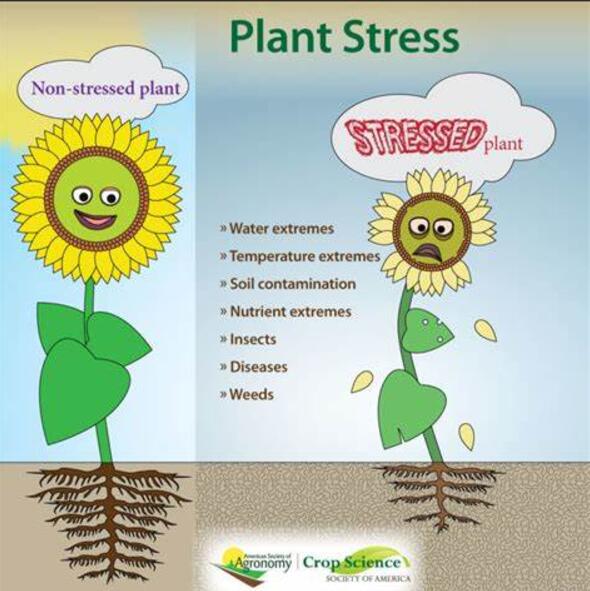Selenium increases the capacity of antioxidative defense and their accompanying metal cofactors in maize under sulfate salinity
IF 6.8
Q1 PLANT SCIENCES
引用次数: 0
Abstract
The most prevalent salts in saline soils are sodium salts like NaCl and Na2SO4. Various salinity forms are the most harmful abiotic stress, which can affect plants' growth, uptake of nutrients, and antioxidant machinery. Selenium (Se) confers resistance to salinity by stimulating the ROS detoxification, which are over-accumulated due to stress. Three doses of Se (0, 10, and 50 µM) were applied to hydroponically grown maize under both Cl− and SO42−-salinity at an equimolar Na+ concentration of 100 mM to evaluate the impact of Se on important enzyme activities and nutrient uptake. Higher levels of MDA content under Cl−-salinity were associated with higher levels of oxidative stress in plants, demonstrating that Cl−-salinity has more harmful effects than SO42−-salinity. Se application considerably increased the Se concentration in plant tissues, but SO42−-salinity caused less absorption due to competition. Compared to Se-free shoots, moderate Se dramatically increased the levels of metals, including Zn, Mn, Fe, and Cu, essential for enzyme function under SO42−-salinity conditions. In contrast, no significant effects were observed under Cl−-salinity conditions. Se at a moderate level promoted antioxidant capacity by significantly inducing the enzymatic activities (APX, CAT, GR, SOD, and GPX) in similar patterns under the SO42−-salinity condition. Whereas, compared to Se0, moderate Se level elevated SOD, CAT, and GPX activities under Cl−-salinity, indicating Se's protective and antioxidative role under salinity. The results suggest that even with low uptake due to high SO42− availability, moderate Se supply increases the absorption of metal cofactors (micronutrients). This, in turn, enhances antioxidative defenses, enabling maize crops to better tolerate salt stress.
求助全文
约1分钟内获得全文
求助全文
来源期刊

Plant Stress
PLANT SCIENCES-
CiteScore
5.20
自引率
8.00%
发文量
76
审稿时长
63 days
期刊介绍:
The journal Plant Stress deals with plant (or other photoautotrophs, such as algae, cyanobacteria and lichens) responses to abiotic and biotic stress factors that can result in limited growth and productivity. Such responses can be analyzed and described at a physiological, biochemical and molecular level. Experimental approaches/technologies aiming to improve growth and productivity with a potential for downstream validation under stress conditions will also be considered. Both fundamental and applied research manuscripts are welcome, provided that clear mechanistic hypotheses are made and descriptive approaches are avoided. In addition, high-quality review articles will also be considered, provided they follow a critical approach and stimulate thought for future research avenues.
Plant Stress welcomes high-quality manuscripts related (but not limited) to interactions between plants and:
Lack of water (drought) and excess (flooding),
Salinity stress,
Elevated temperature and/or low temperature (chilling and freezing),
Hypoxia and/or anoxia,
Mineral nutrient excess and/or deficiency,
Heavy metals and/or metalloids,
Plant priming (chemical, biological, physiological, nanomaterial, biostimulant) approaches for improved stress protection,
Viral, phytoplasma, bacterial and fungal plant-pathogen interactions.
The journal welcomes basic and applied research articles, as well as review articles and short communications. All submitted manuscripts will be subject to a thorough peer-reviewing process.
 求助内容:
求助内容: 应助结果提醒方式:
应助结果提醒方式:


